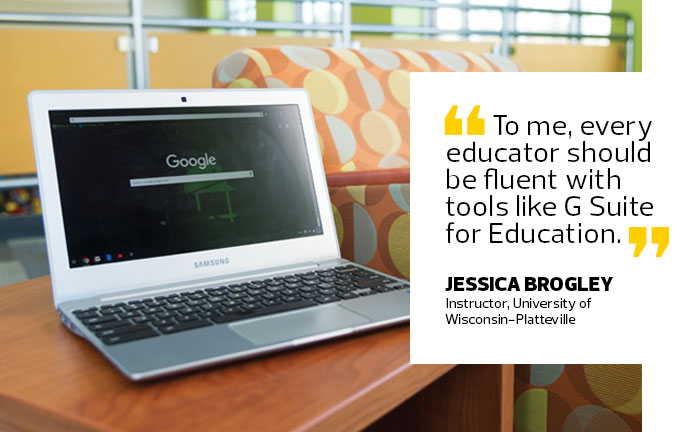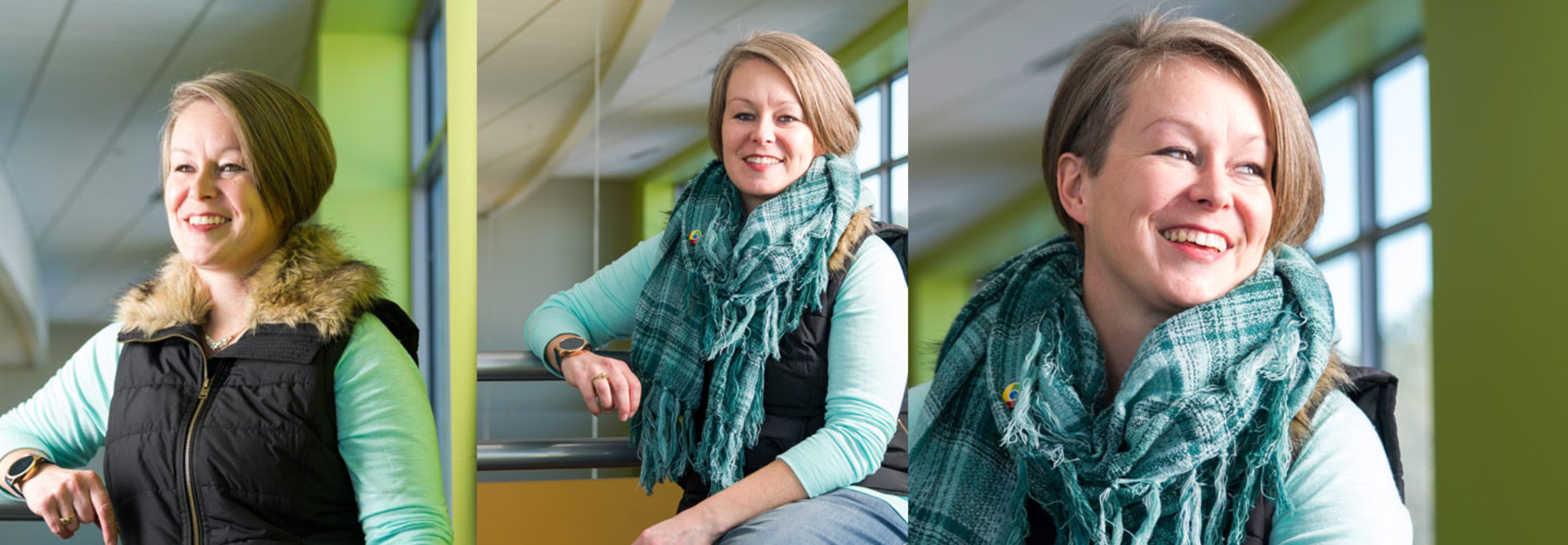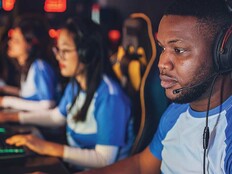Q&A: Education Technology Expert On Teaching the Next Generation of Teachers
As an instructor in the University of Wisconsin-Platteville’s School of Education, Jessica Brogley is teaching the next generation of teachers — those who will carry forward the continuous transformation of pedagogy. Brogley is also the assessment, technology and literacy support specialist for Platteville Public Schools; a Google for Education Certified Trainer and Innovative Educator; and a blogger, speaker and trainer.
She spoke with EdTech Managing Editor Amy Burroughs about the ways classroom technology is expanding opportunities to teach and learn.
EDTECH: What are the biggest changes you’ve seen in educational technology in your 15 years in the field?
BROGLEY: When I started teaching, we used the internet to consume information, but it’s now a tool for making things. We can turn to a device and grab answers in a split second. Information on the spot, from anywhere, is normal for students, and that has impacted teaching. As a learner, that makes it possible to drive my own learning. If I want to know something, I don’t need to wait for a lesson or a teacher. It’s the idea of empowering the student with on-demand learning. Students love to share what they know, and they love learning from other people like them, so learning can take place in all sorts of platforms: Google searches, YouTube, blogs, podcasts.
EDTECH: How does classroom technology influence the role of educators?
BROGLEY: Teachers have to be intentional to stay current with learning technology. If you take six months off from playing with technology, you have fallen behind. There’s just so much out there. Virtual and augmented reality, coding, makerspaces — all of those things require us to constantly stay fresh with ideas and to understand how to utilize those tools.
My college students, who are going to be teachers, are aware that these tools are out there. My goal is to expose them to as much as possible and get them thinking through that lens. Technology is not a wave that will go away, and it’s not somebody else’s responsibility. It’s just how we do business as teachers.
EDTECH: Because technology changes so quickly, how do you train educators to handle whatever tools they may encounter in the future?
BROGLEY: I spend a lot of time coaching them to make an effective lesson plan, starting with Richard DuFour’s essential questions. What do we want students to learn? How will we know if they have learned? What will we do if they don’t learn? What will we do if they already know it?
The lesson design comes first, the technology second. In some cases, that results in instructors’ students not using technology, because some assignments are done best old-school, on paper. That’s where the instructor comes in and makes those decisions.

EDTECH: How can institutions best prepare educators for a profession that is undergoing so much change?
BROGLEY: I would love to see more variety of devices, more green screening as an additional tool for student videos, more augmented reality opportunities. I don’t think colleges do enough to ensure that future educators are familiar with all of the tools at their disposal — especially if, as undergraduates, students’ professors didn’t integrate technology in their courses. By the time they are seniors, they are not nearly as prepared. We think college students are so savvy with their devices and they are for Facebook, Snapchat, Instagram — but not necessarily for how to improve their learning.
EDTECH: What works well in educational technology? What can be improved upon?
BROGLEY: At our campus, we have a wealth of support for instructors. If you want to learn something, there is somebody on campus who will find someone to teach you. But you have to reach out and ask for support. You have to be humble enough to say, “I know there is this tool out there, but I don’t know how to work it and I don’t know where to get it.” To me, every educator should be fluent with tools like G Suite for Education.
EDTECH: What would you like to see educators do differently when it comes to technology?
BROGLEY: I’d like to see them do more to design learning opportunities that are transformative in nature. For example, that paper they have assigned for the past 15 years could now be a blog post or a video. Students could collaborate on a project with another class or another university, with the purpose to better someone else beyond that student. It’s no longer just an assignment — it’s now a movement. That type of thought process is amazing, and technology can make that possible.
For example, to help my students learn new ways to teach social studies, we built our own geocache — a set of hidden objects for players to find using GPS coordinates — and planted it in the community, and now it’s here. That one lesson became something bigger than the class itself. That kind of thought process behind lesson design is something that I wish everybody would take advantage of, because we have access to so many cool things.
Technology is everywhere, especially for our college students. One semester, I had them tally up how many devices connect to the internet in their apartment. For some, it was more than 15 devices. That idea of accessing information and collaborating on the spot is so normal in students’ social lives. I would like to see us design more lessons to make that kind of collaboration part of their educational lives too.
EDTECH: Although we often talk about technology as if it’s everywhere, we know that not all students have equal access to technology. From a digital equity perspective, how can educators approach this?
BROGLEY: In my part of Wisconsin, not everyone has access to high-speed internet at home, and our K–12 districts are strapped for funds to buy devices, so our teachers have to think creatively. A teacher might not have 22 tablets, but if he or she has even three, students can rotate through. Depending on location, teachers can also lean on a nearby university. For example, our School of Education students have gone to a nearby middle school to set up green-screen studios for an after-school makerspace event. Teachers also can produce some pretty techie tools without spending a lot of money. Yesterday, I made a makeshift green screen out of cheap fabric and duct tape. Last, teachers can seek out grants.
The biggest tip is to use what you have with fidelity. You don’t need a one-to-one environment to integrate technology in a transformative way. Whatever teachers do, I hope they remember to tell their story in local newspapers, blogs, parent newsletters and YouTube videos. Don’t be shy! People need to see technology integration as important if they want funds to shift.
EDTECH: How can teachers be trained to support all students equally in a tech-focused world?
BROGLEY: Future teachers need to be trained to design lessons for situations where they don’t have a one-to-one environment. This requires them to think carefully about how teachers can stimulate collaborative thinking in small groups or in stations. They also need to understand that not all kids have the internet at home, so they may need to reconsider homework. Furthermore, they need to think about scaffolding technology instruction, because not all kids have the prerequisite skills to use certain tools.
Teachers also need to learn how to engage students in higher-order thinking during the process. New teachers may get caught up in the technology and forget to have students pause and metacognitively think about what they are learning and how that connects to previously learned material. I coach my students to include questions in their lessons that ask students to explain their thinking or connect their ideas to the text.
Recently, I watched a high school social studies teacher integrate a Google Expeditions field trip. The students were holding their virtual reality viewers up to their eyes looking at artwork. After the students had a chance to look around, the teacher paused the virtual field trip and asked students to explain how this new information connected with what they had learned in the previous class. Questions like that are key to learning. Educators need to understand that technology is an amazing vehicle, but it’s the questions asked by both teacher and student that make the actual learning happen.









